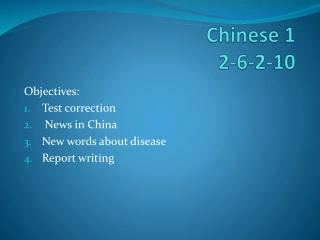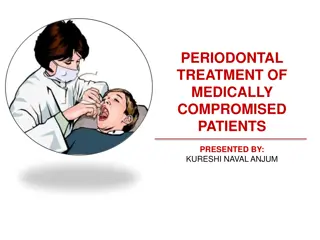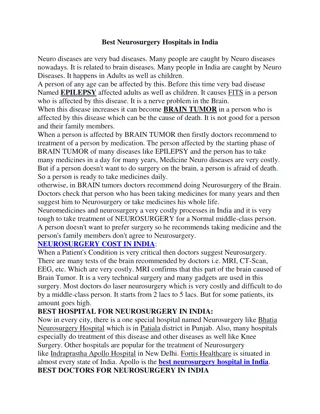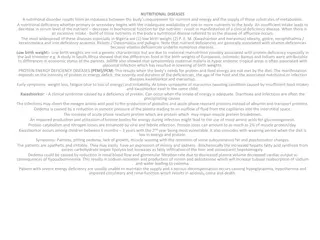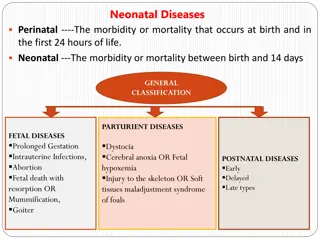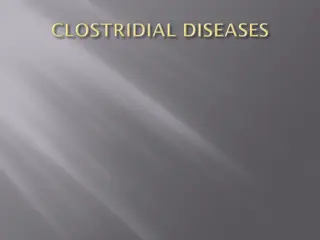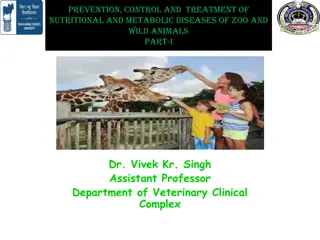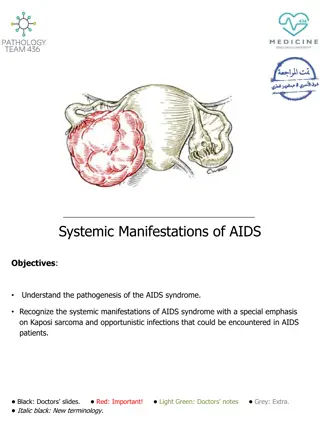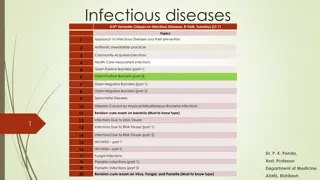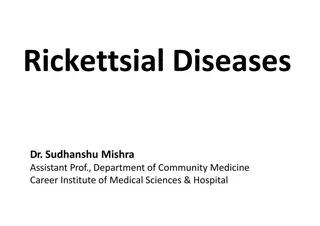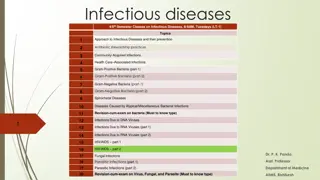Overview of Immunodeficiency Diseases
Immunodeficiency diseases result in inadequate immune responses to infectious agents, leading to recurrent infections. These diseases can be primary (inherited) or secondary (acquired) and may affect B-cell or T-cell function. Common types include primary immunodeficiency disorders like X-linked agammaglobulinemia and IgA deficiency. Understanding the classification and identification of these disorders is essential for proper diagnosis and management.
Download Presentation

Please find below an Image/Link to download the presentation.
The content on the website is provided AS IS for your information and personal use only. It may not be sold, licensed, or shared on other websites without obtaining consent from the author.If you encounter any issues during the download, it is possible that the publisher has removed the file from their server.
You are allowed to download the files provided on this website for personal or commercial use, subject to the condition that they are used lawfully. All files are the property of their respective owners.
The content on the website is provided AS IS for your information and personal use only. It may not be sold, licensed, or shared on other websites without obtaining consent from the author.
E N D
Presentation Transcript
Immunodeficiency diseases Dr. wasan Abd Alameer 2017
Objectives Defintion and classification of immunodeficiency diseases. Types of primary immunedeficiency diseases. Identify the most common immune deficiency disorders
Immunodeficiency diseases Inadequate Immune Responses to Infectious Agents. Primary (inherited) or secondary (acquired). Clinically, recurrent infections or opportunistic infections. Recurrent infections with pyogenic bacteria (staphylococci) indicate a B-cell deficiency ,whereas recurrent infections with certain fungi, viruses, or protozoa indicate a T-cell deficiency.
Humeral Cellular Primary Combined Immunodeficency dis. secondary Complement Phagocytes
Primary (congenital) immunodeficiency disease Humeral (B- cell deficiencies) 1. Infantile agamma globulinaemia (Bruton s syndrome); pure B cell deficiency syndrome, X- linked due to lack of tyrosine kinase which results in failure of B cell development and few or absent B cell count with low immunoglobulin levels . patient presented with repeated pyogenic infection .
2. Common variable immunodeficiency (acquired hypogammaglobulinemia). This includes a large number of cases of primary immunodeficiency, heterogeneous in presentation, with variable age of onset and patterns of inheritance, whose clinical picture is similar to X-linked agammaglobulinemia, but usually with a less severe course.
3. Ig A deficiency The most common immunodeficiency. Very low IgA level with normal B cell count Failure of heavy chain gene switching Most patients with IgA deficiency are asymptomatic Some have recurrent infections, especially of the sinuses and lung, caused by pyogenic bacteria Anti-IgA antibodies can be detected in about one-third of the patients, and hypersensitivity reactions (which may be fatal) upon transfusion of gamma globulin preparations).
4. Hyper IgM syndrome. This syndrome is characterized by low levels of IgG, IgA, and IgD in association to a marked elevation of IgM.
Cellular immunodeficiency 1. Thymic aplasia (Digeorge syndrome) Deletion of 22q11 causing defective development of pharyngeal pouches . Thymus and the parathyroids fail to develop properly. The main clinical presentation include neonatal tetany (due to hypocalcaemia caused by hypoparathyroidism), abnormalities of the heart and the large vessles , facial dysmorphism, mental subnormality and frequent infection episodes . Absence of T cells while B cells have normal count but defective function,
2. Chronic mucocutaneous candidiasis. The skin and mucous membranes of children are infected with Candida albicans . T- cell deficiency specifically for this organism. Other T-cell and B-cell functions are normal.
Combined immunodeficiency 1. Severe combined immunodeficiency disease (SCID) Deficiency of both B-cell and T-cell function. Recurrent infections with bacteria, viruses, fungi and protozoa occurs in early infancy (3 months). It is inherited disease due to defect in differentiation of an early stem cell.
There are two types of SCID inheritance ; the X- linked disease characterize by defect in gamma chain of interleukin 2. The autosomal SCID type is due to a defect in the Adenosine deaminase (ADA) or purine nucleoside phosphorylase (PNP) gene which results in accumulation of d ATP, d GTP which are toxic to the lymphoid stem cells.
Combined immunodeficiency 2. Wiskott-Aldrich syndrome (Immunodeficiency with thrombocytopenia and eczema) It is a genetically transmitted disease, with a X-linked recessive pattern of inheritance Cell mediated immune reaction are absent and antibody responses are defective. Mutation in WAS gene coding for actin protein which is critical in maintain cytoskeleton structure. Clinically, characterized by eczema, bleeding, and frequent infections.
D. Complement Deficiencies Early complement C1-C4 deficiency results in infection with encapsulated bacteria. C3 deficiency Susceptible to sepsis with pyogenic bacteria such as staphylococcus aureus. C6,C7 or C8 especially prone to bacteremia with Neisseria .
Hereditary angioedema Autosomal dominant disease caused by C1 inhibitors deficiency. C1 continue to act on C4 to generate C4a and subsequent C3a,C5a vasoactive components. Laryngeal oedema can be fatal.
Phagocyte deficiencies Chronic Granulomatous Disease Defective bactericidal activity of the monocytes and neutrophils because no oxidative burst. Deficient NADPH oxidase activity. Clinically, pyogenic infections, especially with catalase positive staphlococcus aureus and Aspergillus. B- cells and T-cells are normal .
Secondary immune deficiency These disorders generally develop later in life. They are more common than primary immunodeficiency disorders.
Immunodeficiency caused by drugs Drugs causing neutropinea , when neutrophil count <500ul , it predispose to severe infections caused by pyogenic bacteria and enteric gram negative rods. Cytotoxic drugs in cancer chemotherapy; Immunosuppressive drugs in autoimmune disease; Corticosteroids
Infection HIV which alters T cell immunity and allows further infection with opportunistic pathogens. certain bacteria release toxins that function as superantigens, initially stimulating large numbers of T cells to proliferate but, because of the release of cytokines from T cells, ultimately suppressing the immune response and allowing the pathogen to multiply.
Other causes Renal failure Diabetes Mal nutrition Liver Failure


